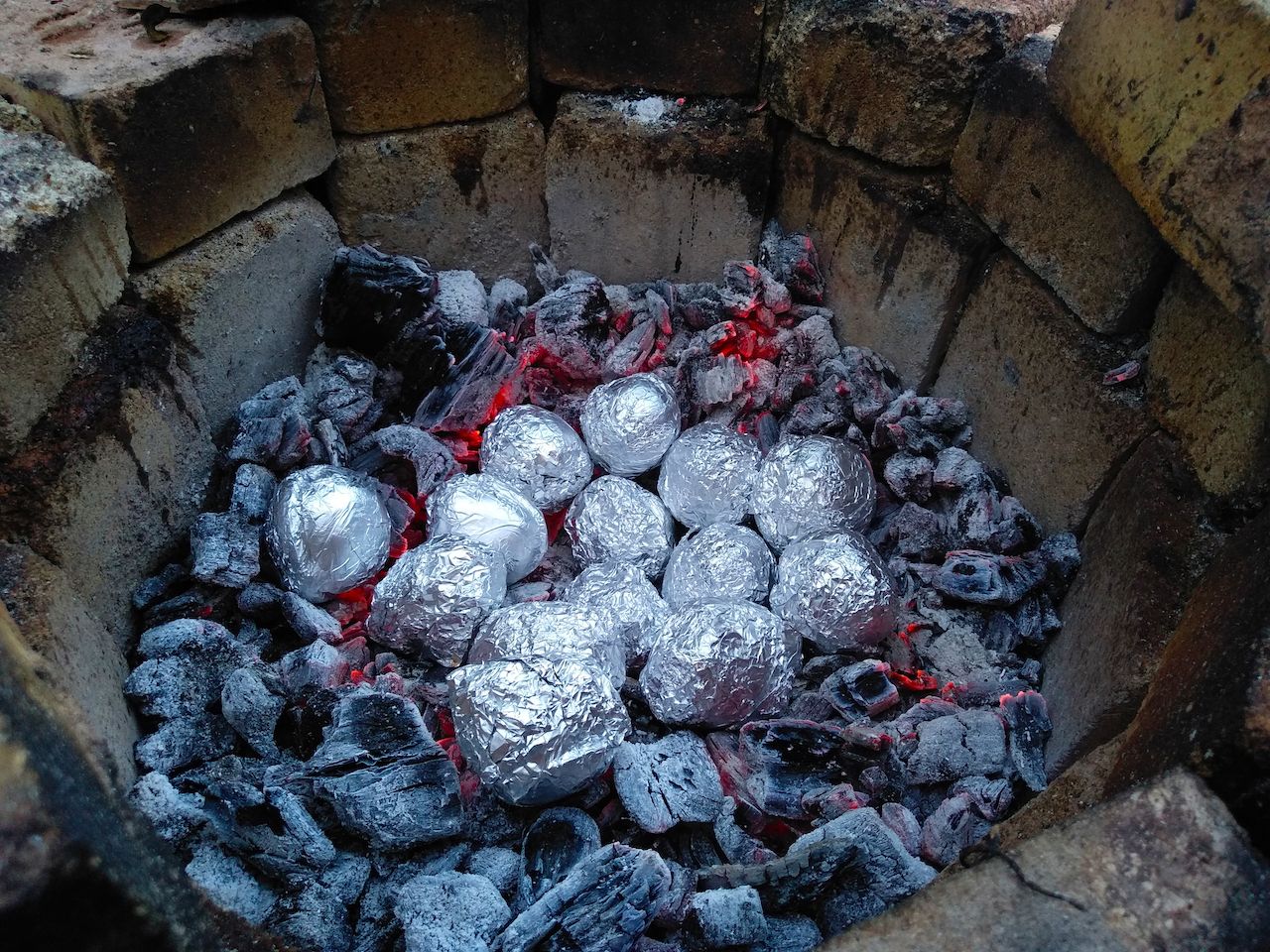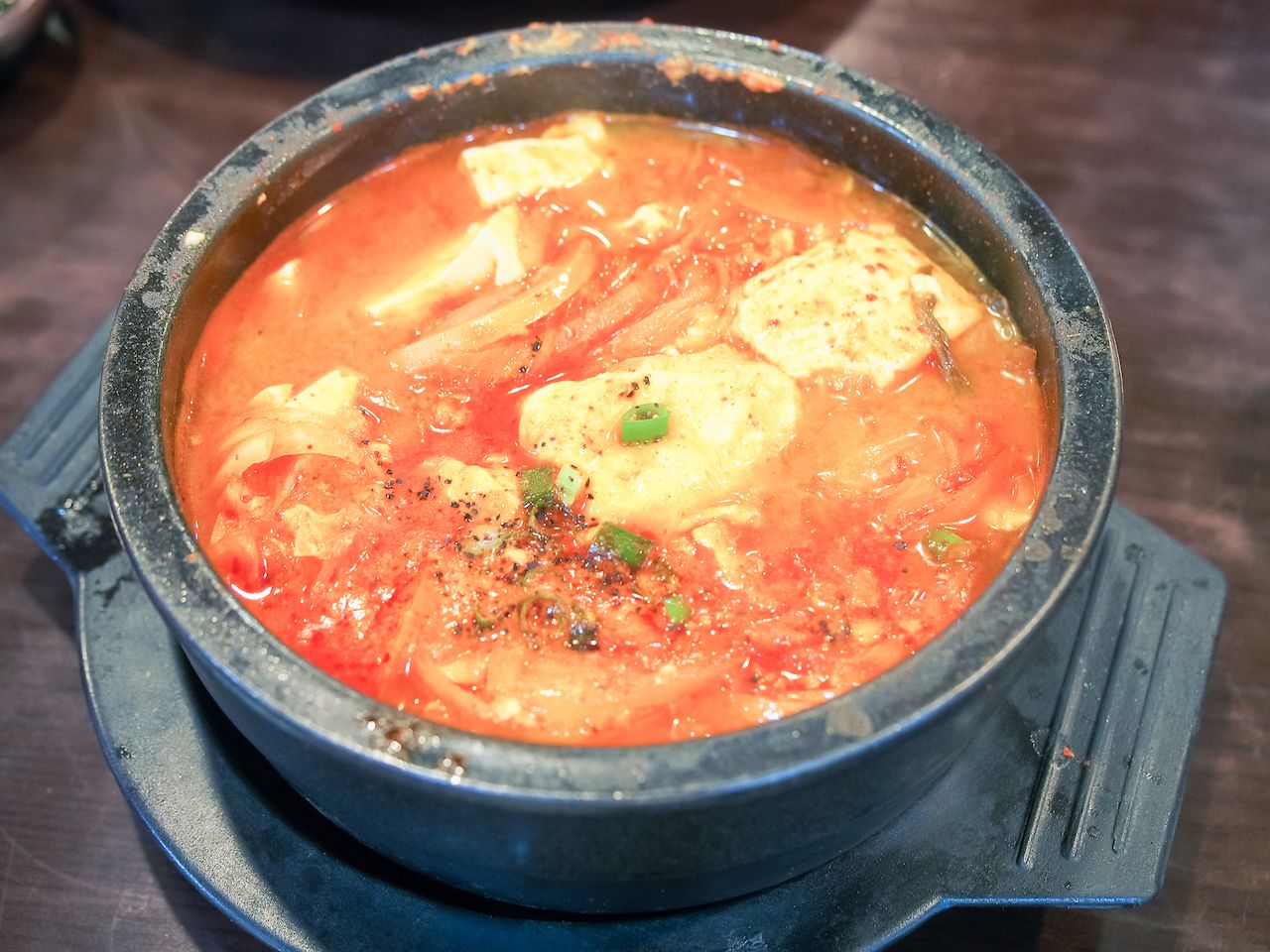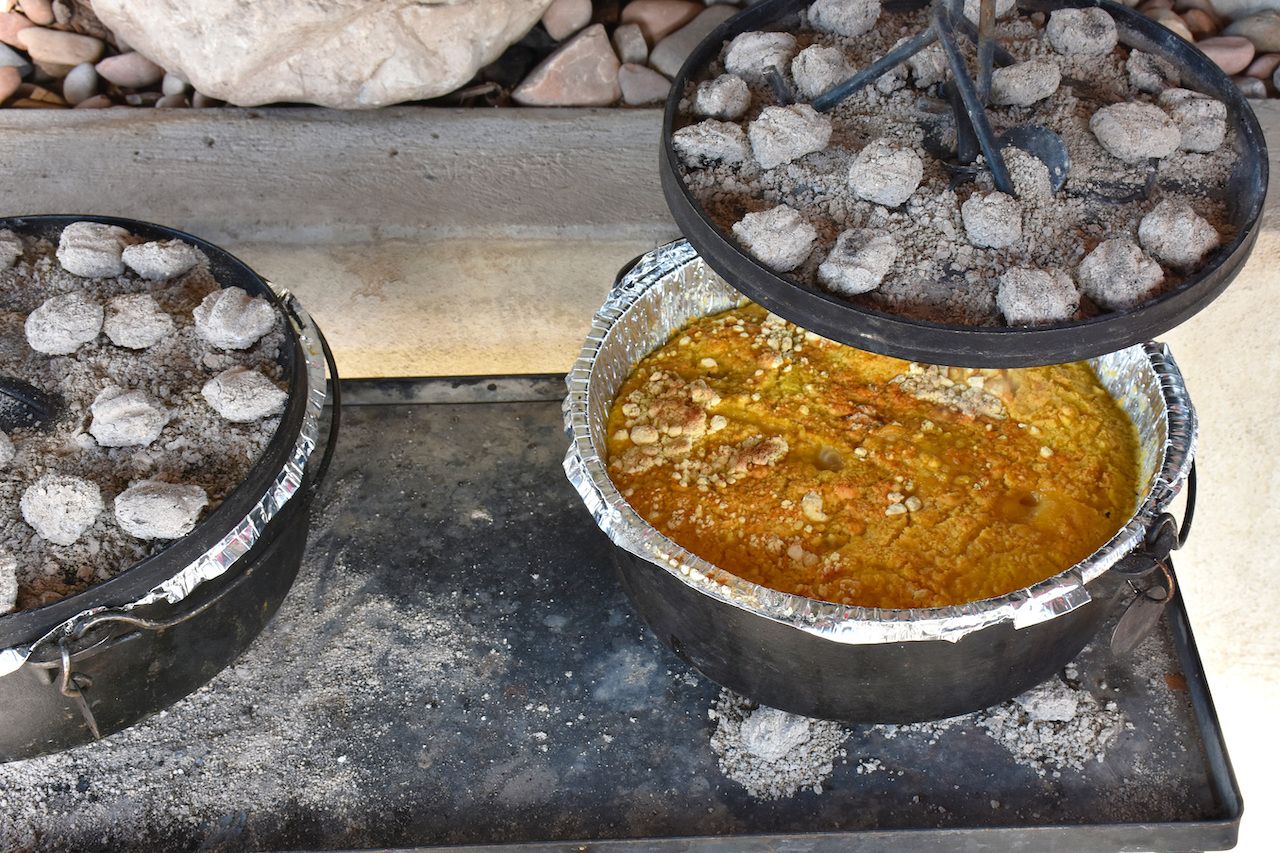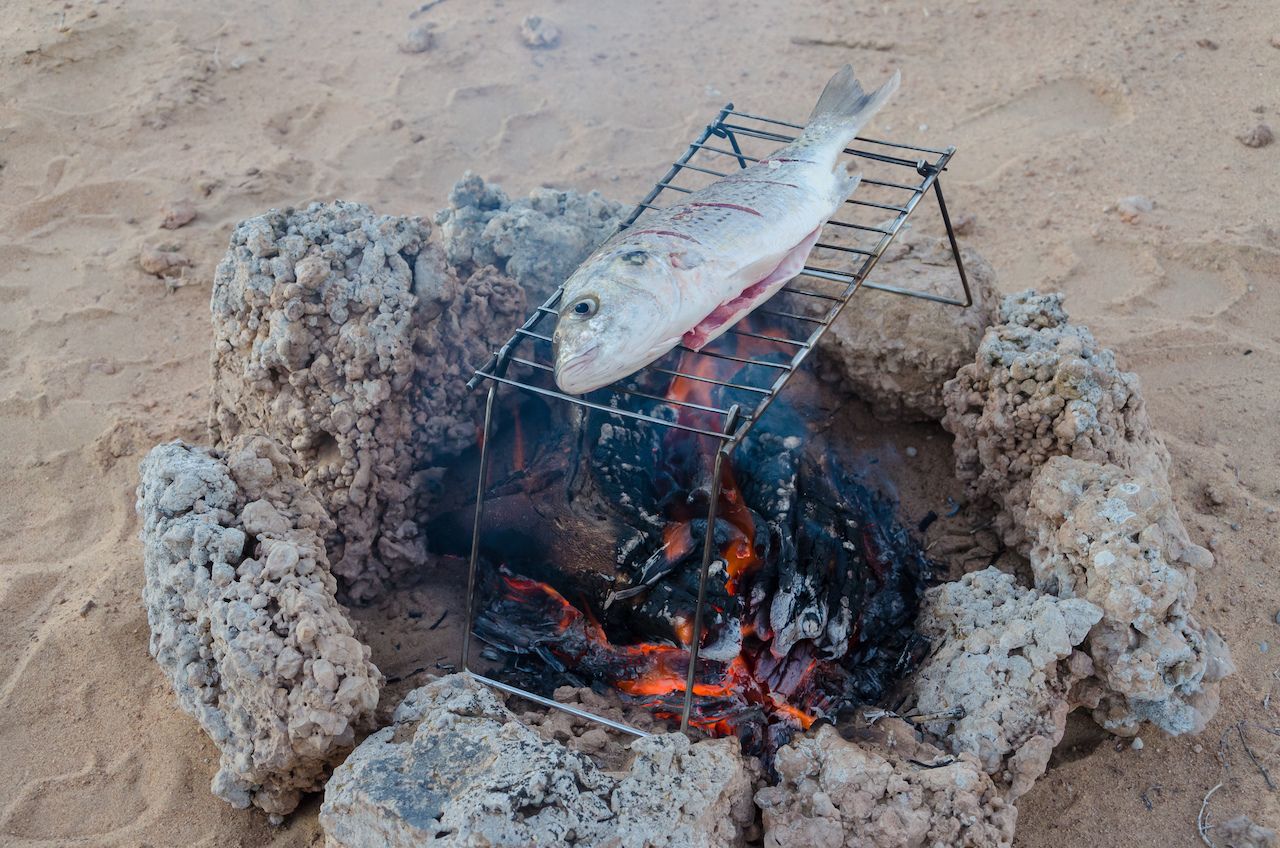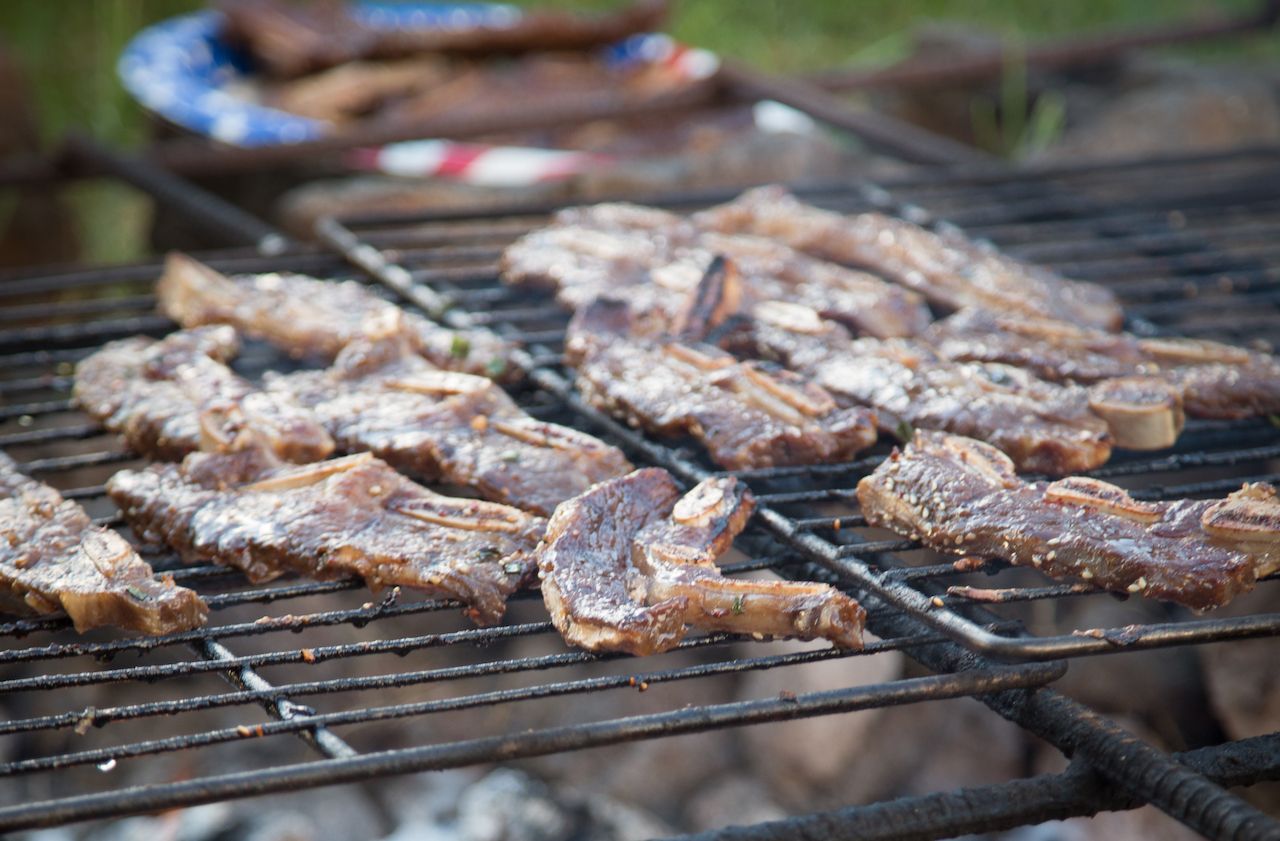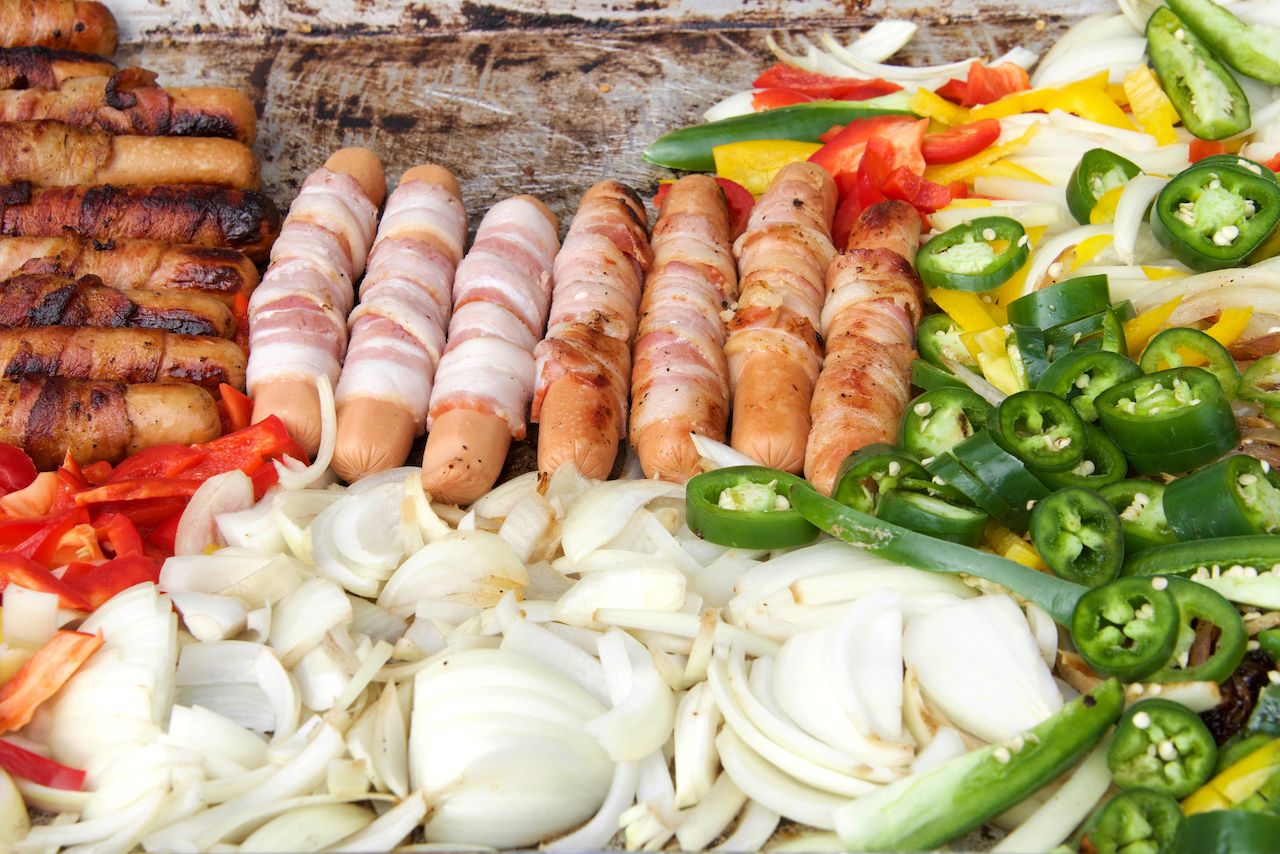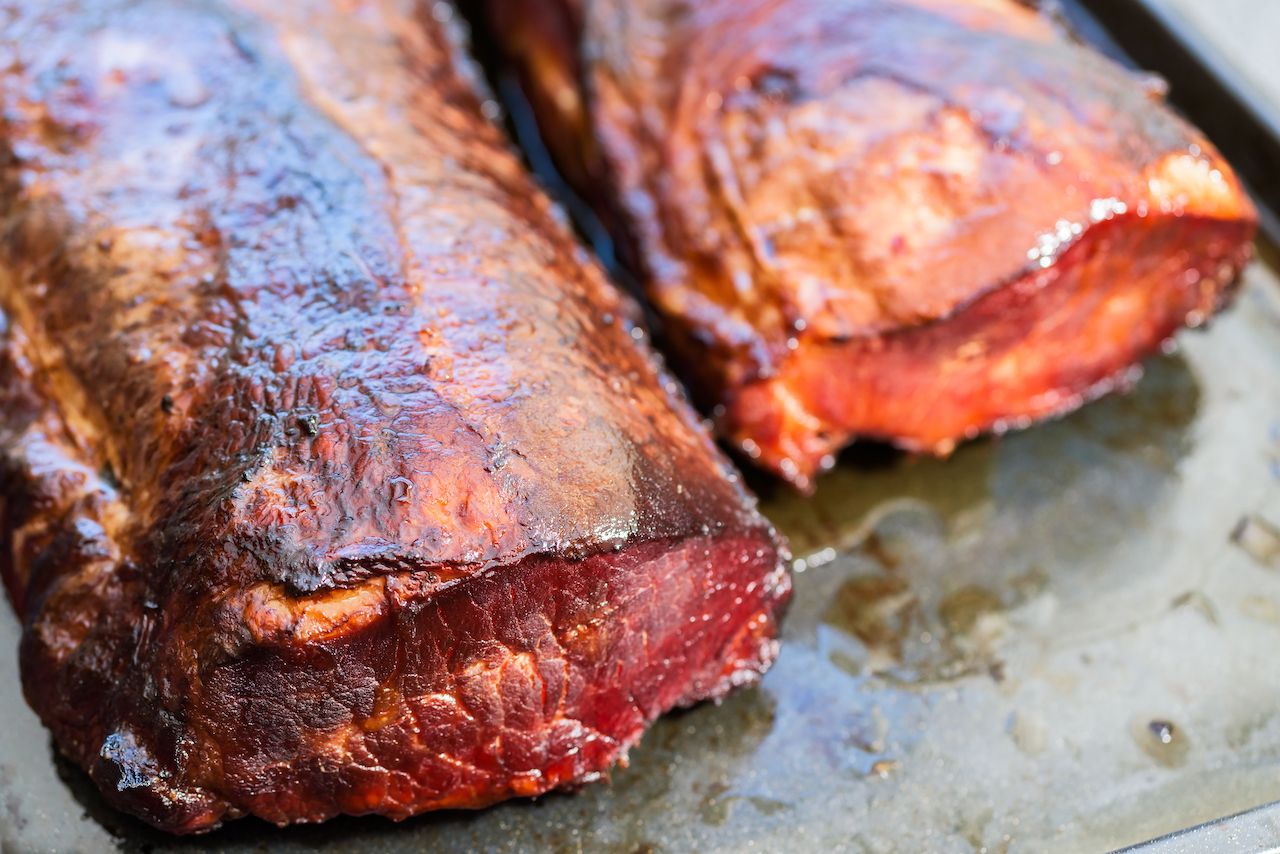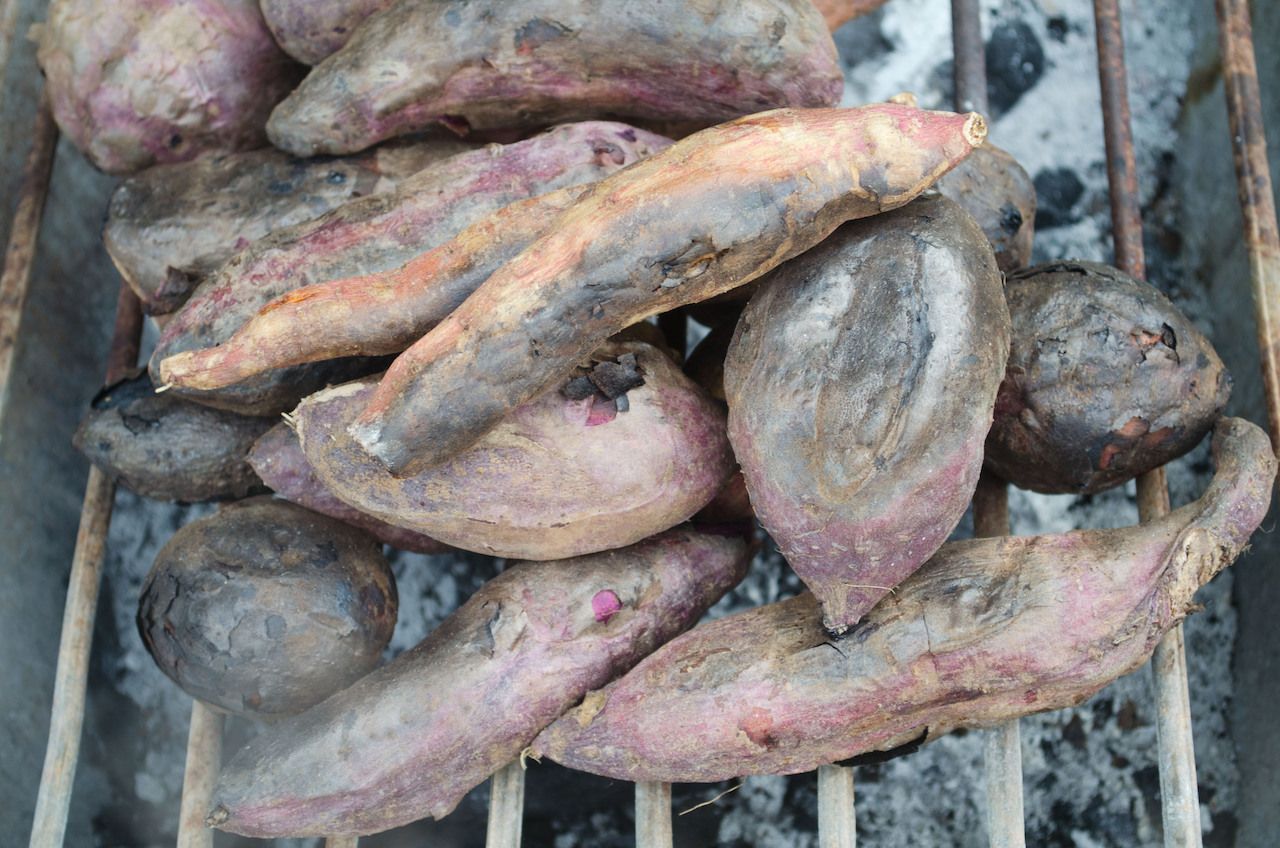It’s easy to screw up what food to bring camping. While pretty much all camp-made food worth noting has the delicious uniting factor of being cooked over the coals of a live fire, there are a lot of half-baked weenies and scorched s’mores out there. Chefs, however, do it right when it comes to the best food to take camping.
We reached to chefs around the US to find the best camping food ideas for breakfast, lunch, dinner, and dessert. Because when you find time in your busy schedule for a camping trip, few things beat a good meal around the fire.

